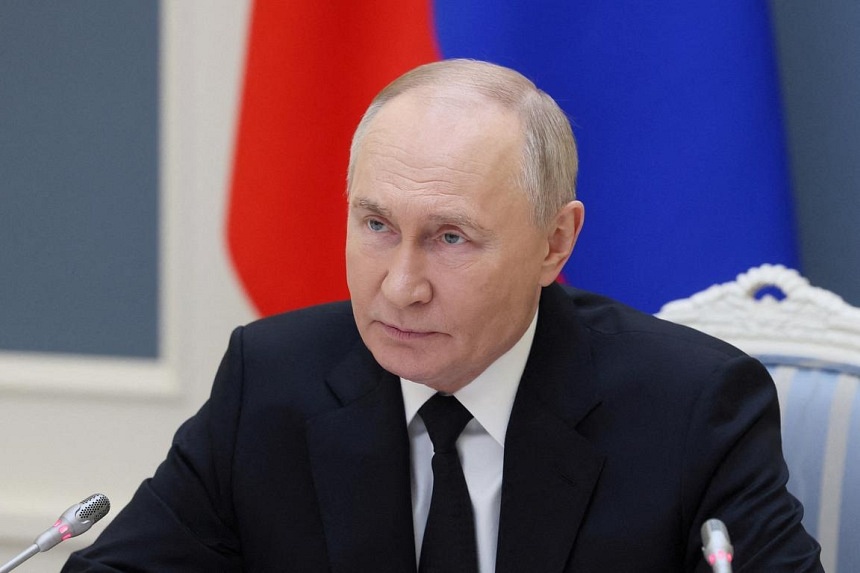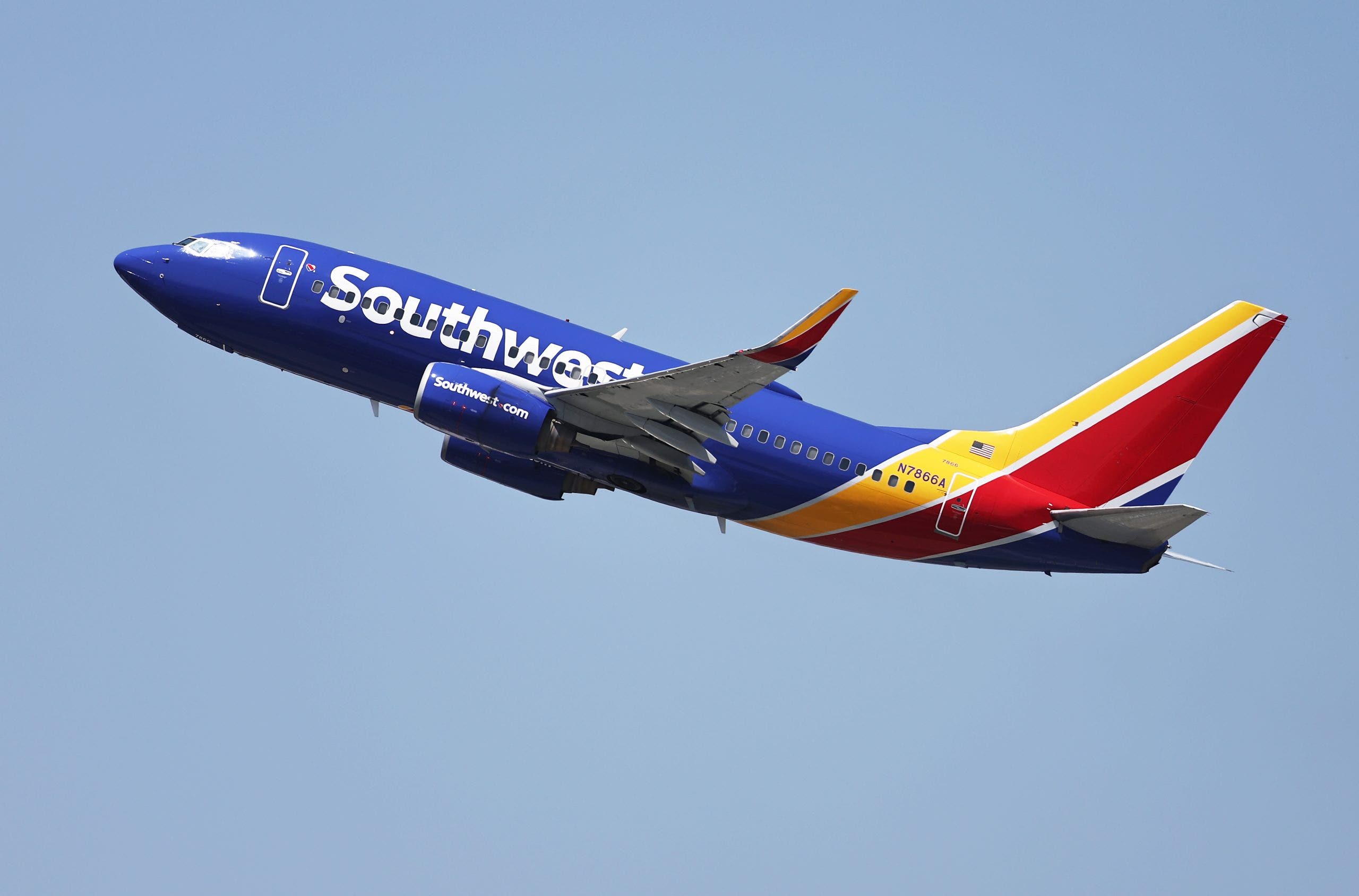A Hong Kong-based artificial intelligence (AI) research centre under the Chinese Academy of Sciences (CAS), the mainland’s national research institute, said that it has advanced its medical AI models with the help of Huawei Technologies’ Ascend processors, as China’s scientific research community adapts to US sanctions that have restricted access to high-end Nvidia chips.
The Centre for Artificial Intelligence and Robotics (CAIR), which the CAS established in Hong Kong in 2019, on Friday launched its new AI model Cares Copilot 2.0, which is designed to assist surgeons in tasks including surgical planning, generating diagnostic reports and retrieving similar case files.
The new model, an upgrade from its previous version launched in March, was trained with Huawei’s Ascend 910B AI chip, which the company has boasted as being “close to the Nvidia A100 in performance”. The Huawei chips can “basically satisfy” the lab’s research needs, CAIR executive director Liu Hongbin told the Post in an interview on Friday.

In August 2023, CAIR signed a memorandum of cooperation with Huawei, saying at the time that the two parties would work together on implementing AI use in surgery.
“At that time, we felt that in the foreseeable future, due to geopolitical reasons, the US would definitely still restrict us from using high-end chips,” Liu said. “As a research institution, we needed to have alternative plans.”
Since then, the capabilities of Huawei’s AI chips have quickly advanced, according to Liu.
“Its progress is visibly fast,” Liu said. “With the same amount of data, initially it took us one or two months to complete the entire training. Towards the end, it actually finished training in just one week.”

 By South China Morning Post | Created at 2024-11-22 13:28:31 | Updated at 2024-11-22 18:27:38
5 hours ago
By South China Morning Post | Created at 2024-11-22 13:28:31 | Updated at 2024-11-22 18:27:38
5 hours ago








